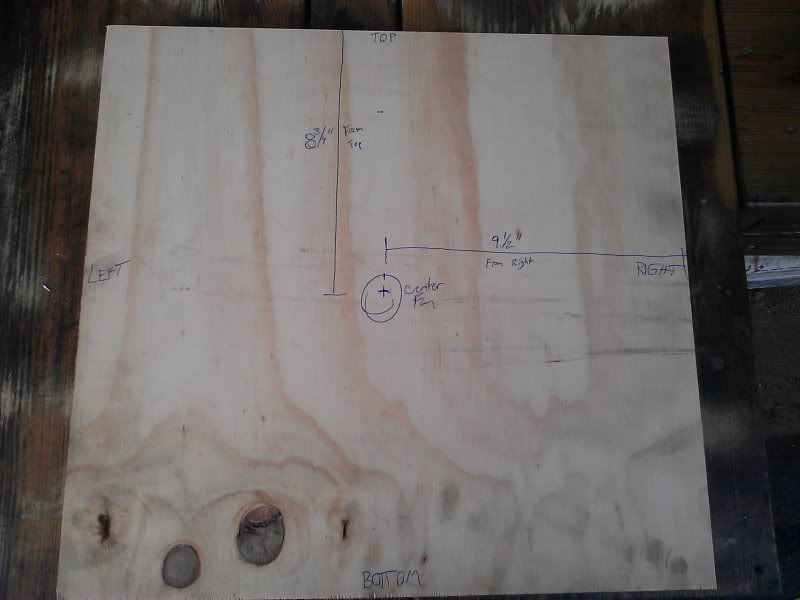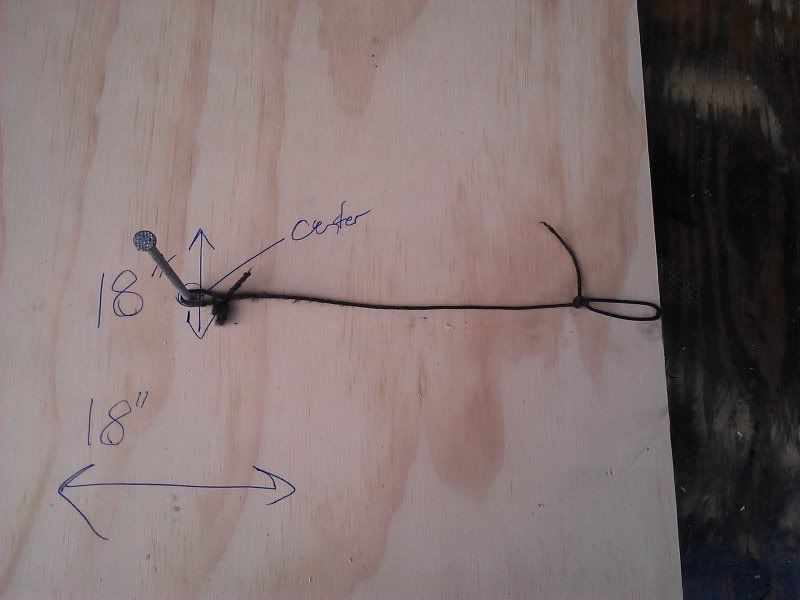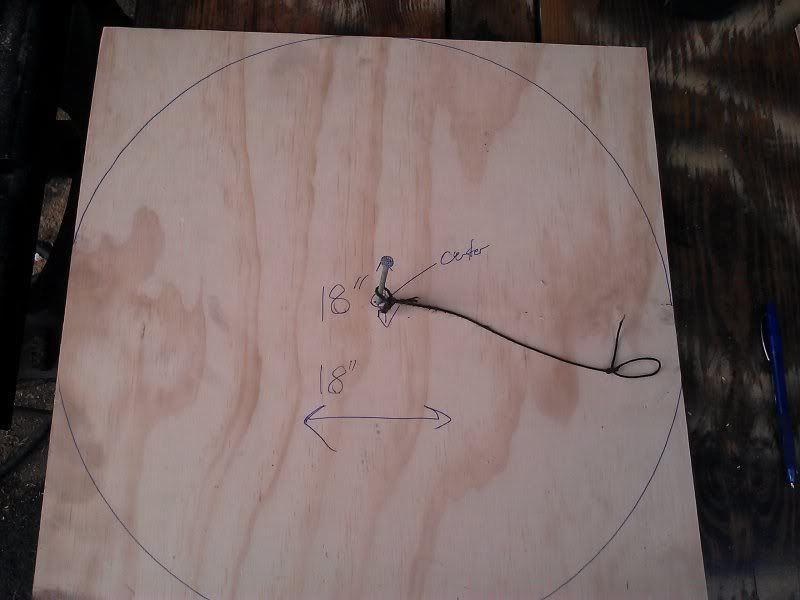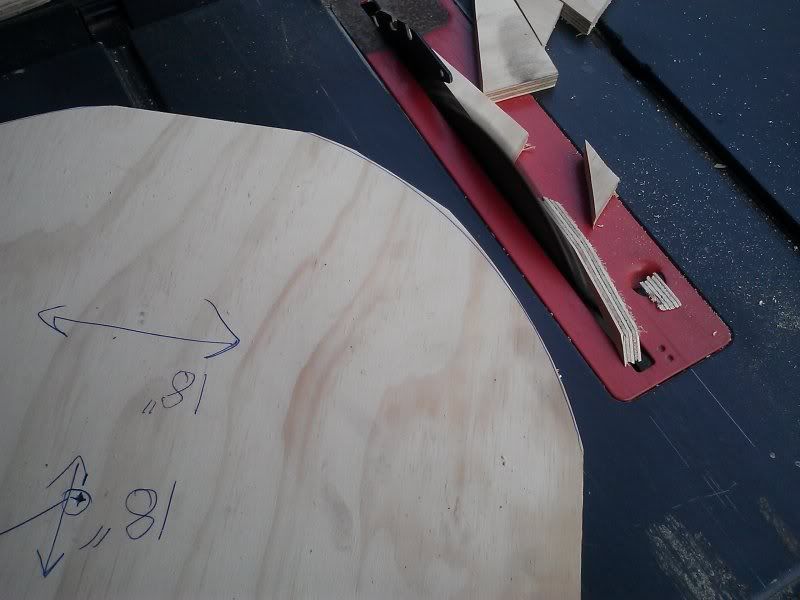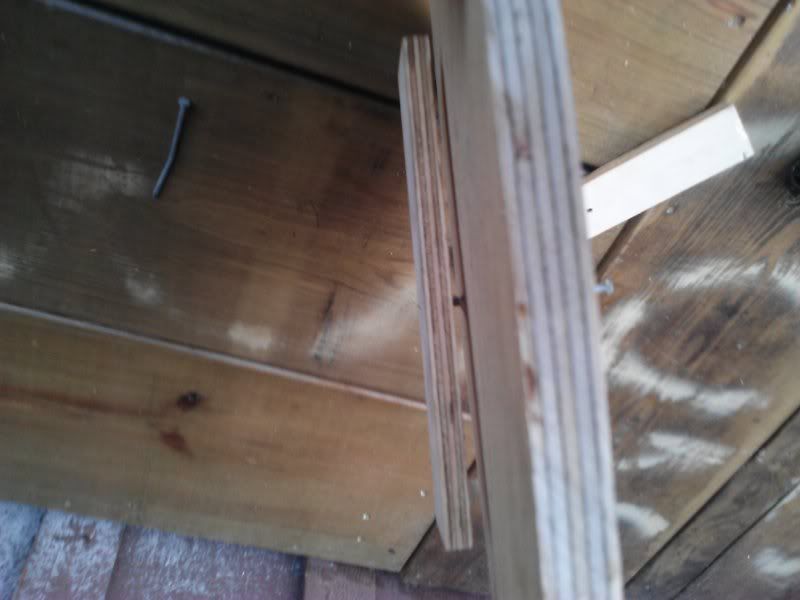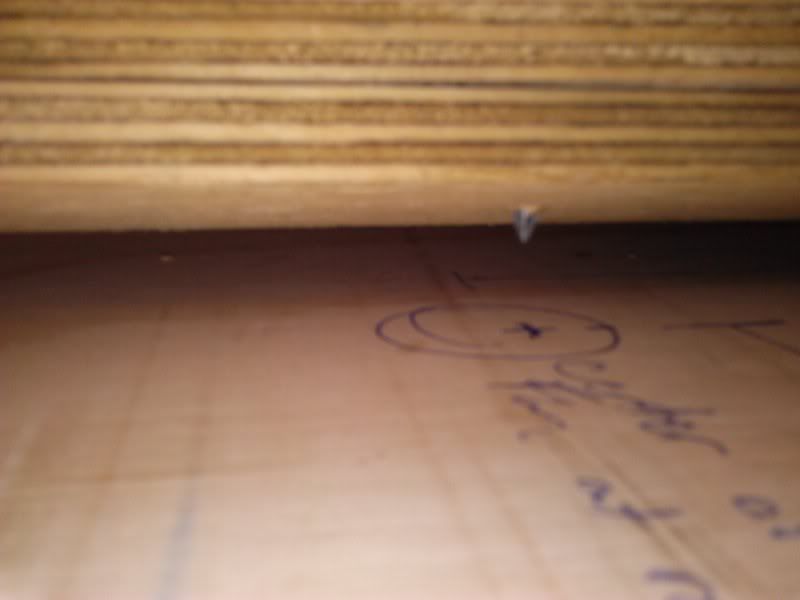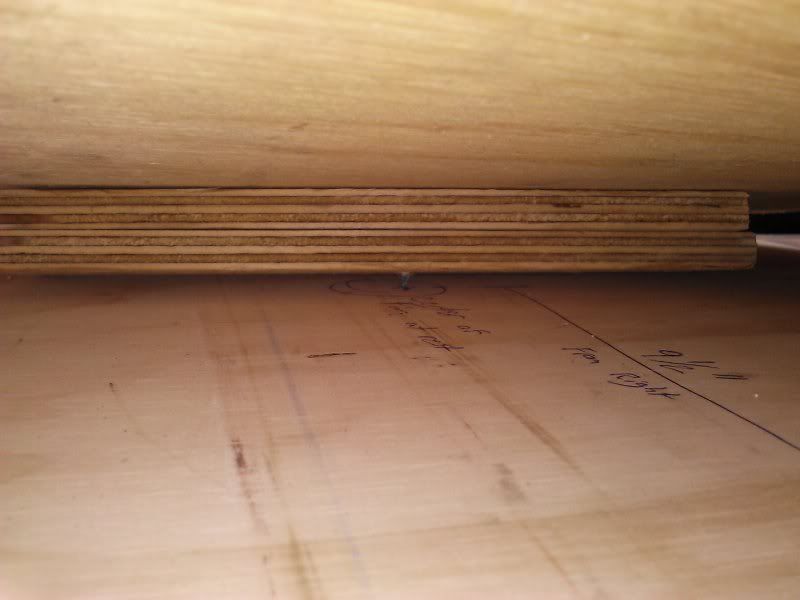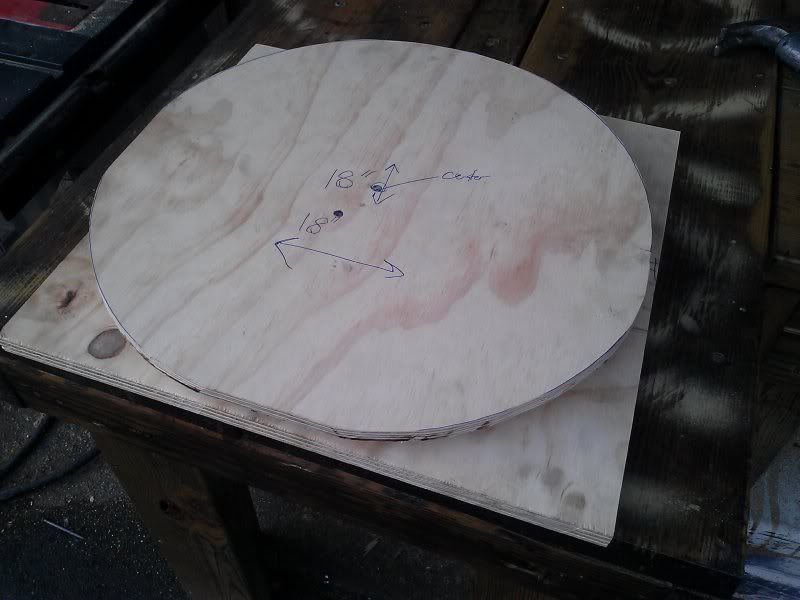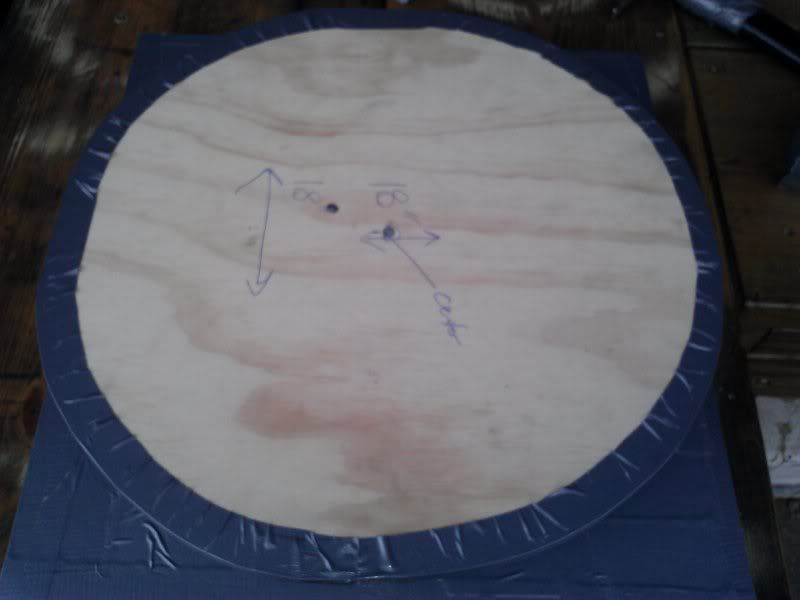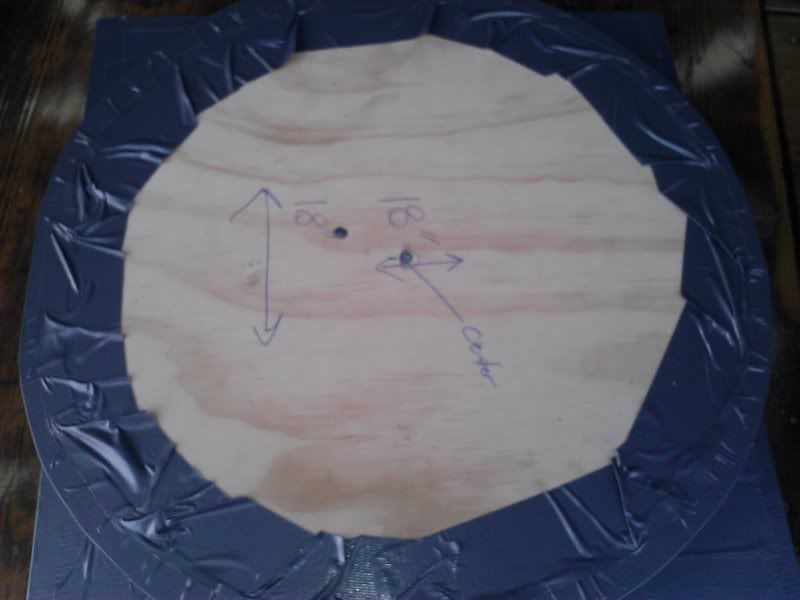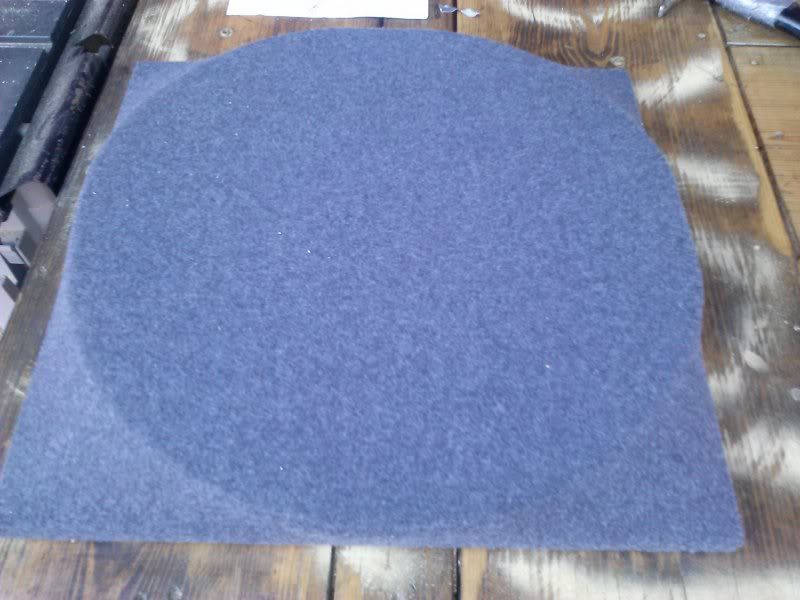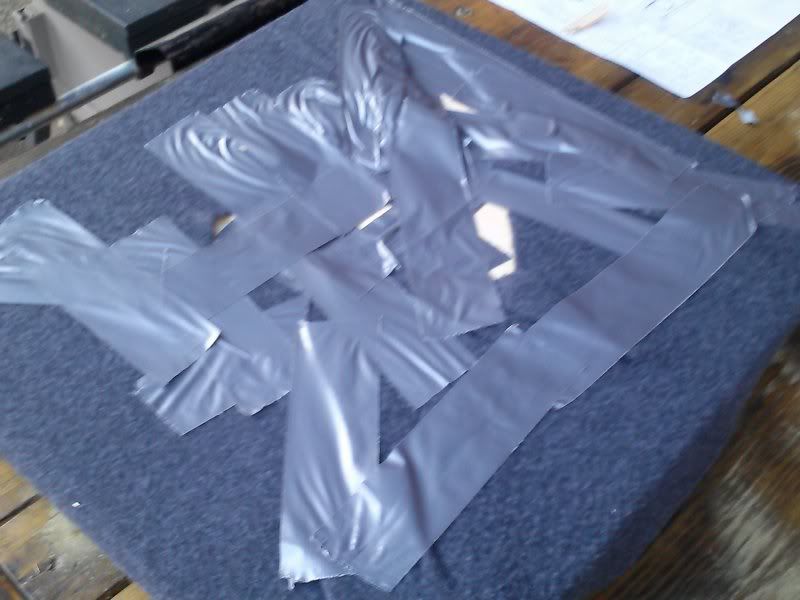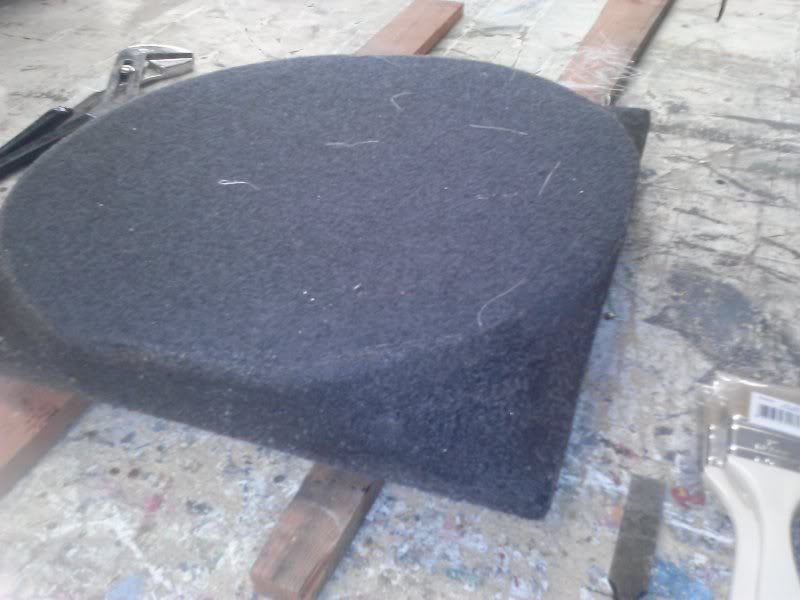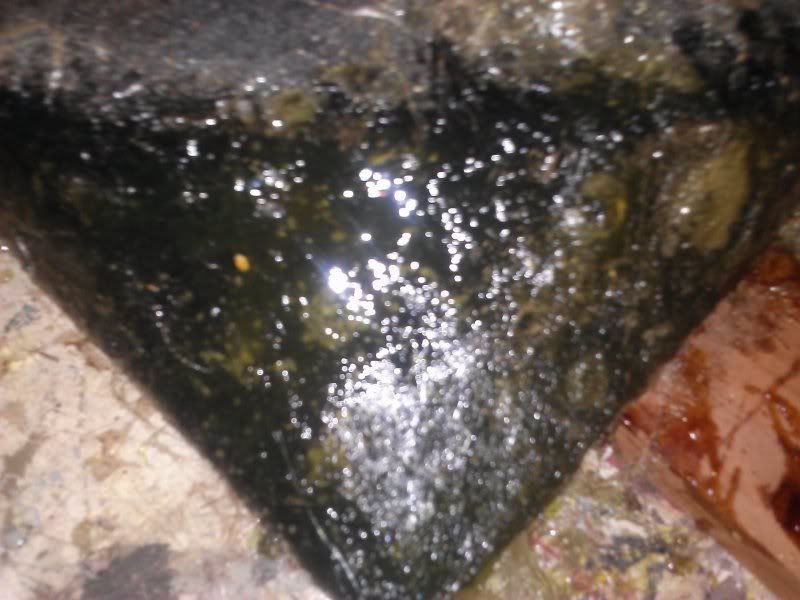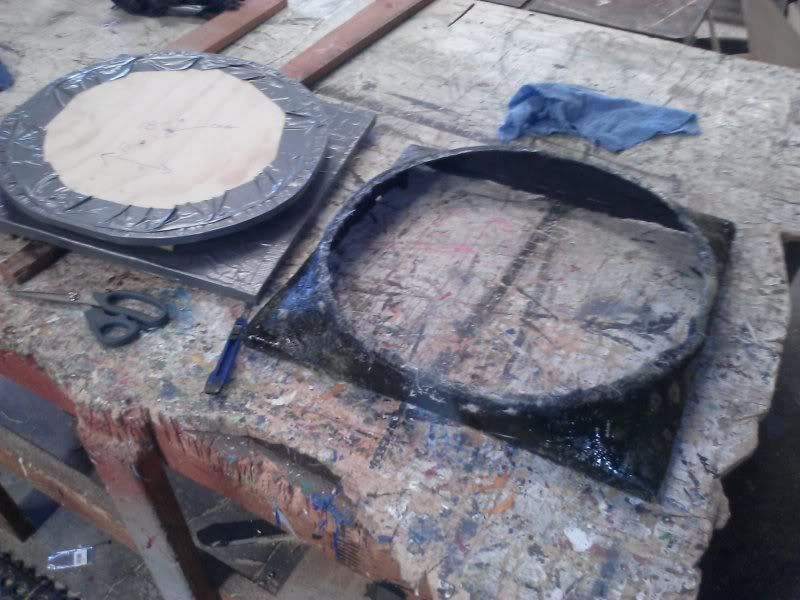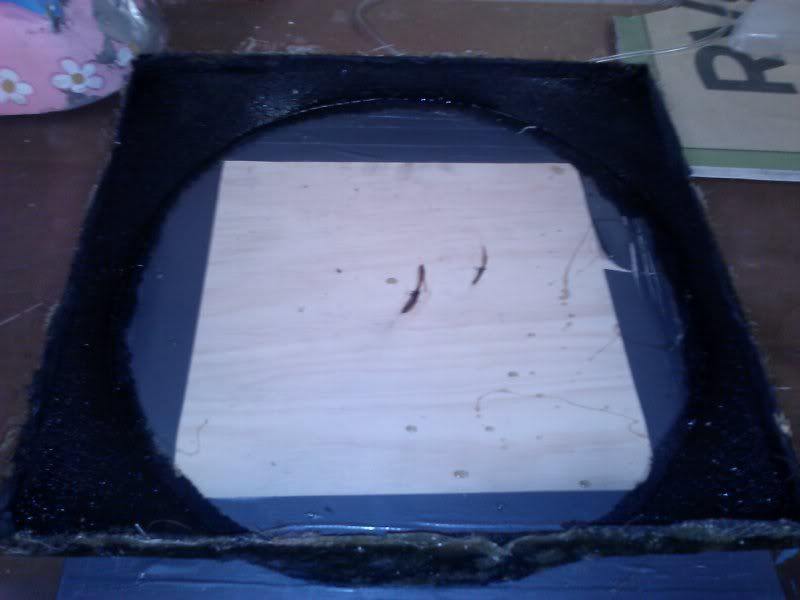Serj22
Well-Known Member
So, tomorrow morning I'm starting a project and figured I'd take some in depth shots and instructions in case anyone wanted to follow suit. I'll be making a fiberglass radiator shroud for my small radiator. The usable surface area is 18 1/2" wide, and 17 1/2" tall without making any special cuts for hoses or the transmission cooler lines. It will come back on the sides 3/4" and I'll be using carbon fiber to make the corners a bit tougher where it wraps the radiator. I have some left over and wanted to incorporate it somewhere.
I personally have a 16" diameter mechanical plastic fan with no clutch, and it almost sits center at 8 3/4" down from the top and 9 1/2" from the right side if you are in the engine bay looking at the radiator. I am allowing 1" of clearance around the entire fan, in case the engine rocks a bit - I do not want the fan to explode on the shroud, or the shroud to explode, or both, since both are plastic. SO the diameter of the opening in the shroud will be 18" diameter. Maybe I can shrink that dimension, but I'd rather have 1/4" of wasted space than a broken fan if you know what I mean.
My particular fan expands forward towards the radiator when it is in higher speeds, so my shroud only needs to extend out 1 1/2" from the radiator bracket. This will encase half the fan in the shroud, and half out at about 1200RPM and higher. At lower speeds, like idle, the fan will only be just barely outside the shroud.
Your design may be different buy maybe someone else can use these exact notes to make a copy.
Tomorrow I'll start a plywood buildup of the mold, and maybe have time to wrap it in fabric.
I usually search for this kind of stuff online, and sometimes its difficult to find, but since I know how to do it, I'll post it in case someone else needs help - just reserving the thread space and explaining the project. This will be pic heavy.
I personally have a 16" diameter mechanical plastic fan with no clutch, and it almost sits center at 8 3/4" down from the top and 9 1/2" from the right side if you are in the engine bay looking at the radiator. I am allowing 1" of clearance around the entire fan, in case the engine rocks a bit - I do not want the fan to explode on the shroud, or the shroud to explode, or both, since both are plastic. SO the diameter of the opening in the shroud will be 18" diameter. Maybe I can shrink that dimension, but I'd rather have 1/4" of wasted space than a broken fan if you know what I mean.
My particular fan expands forward towards the radiator when it is in higher speeds, so my shroud only needs to extend out 1 1/2" from the radiator bracket. This will encase half the fan in the shroud, and half out at about 1200RPM and higher. At lower speeds, like idle, the fan will only be just barely outside the shroud.
Your design may be different buy maybe someone else can use these exact notes to make a copy.
Tomorrow I'll start a plywood buildup of the mold, and maybe have time to wrap it in fabric.
I usually search for this kind of stuff online, and sometimes its difficult to find, but since I know how to do it, I'll post it in case someone else needs help - just reserving the thread space and explaining the project. This will be pic heavy.

